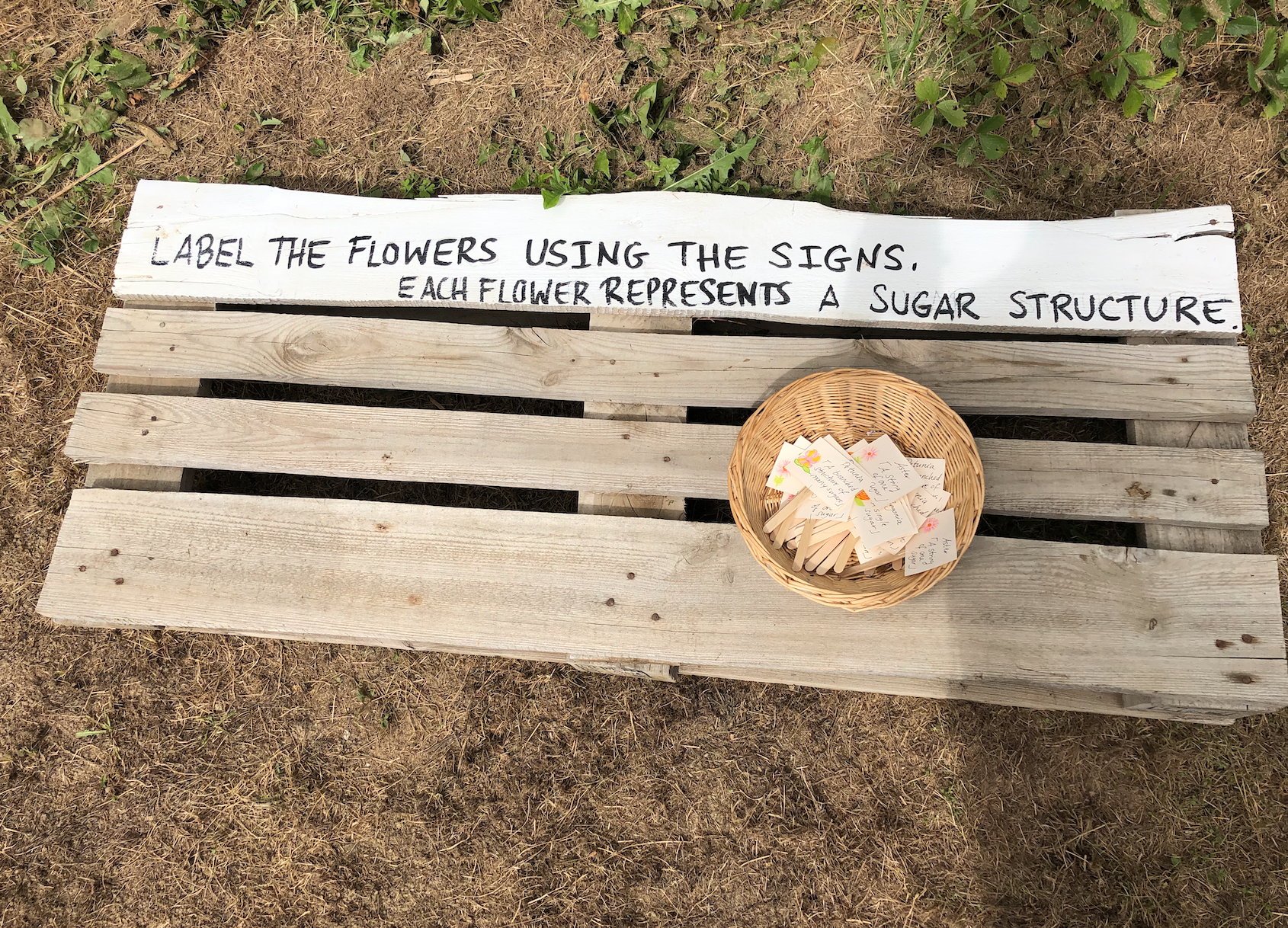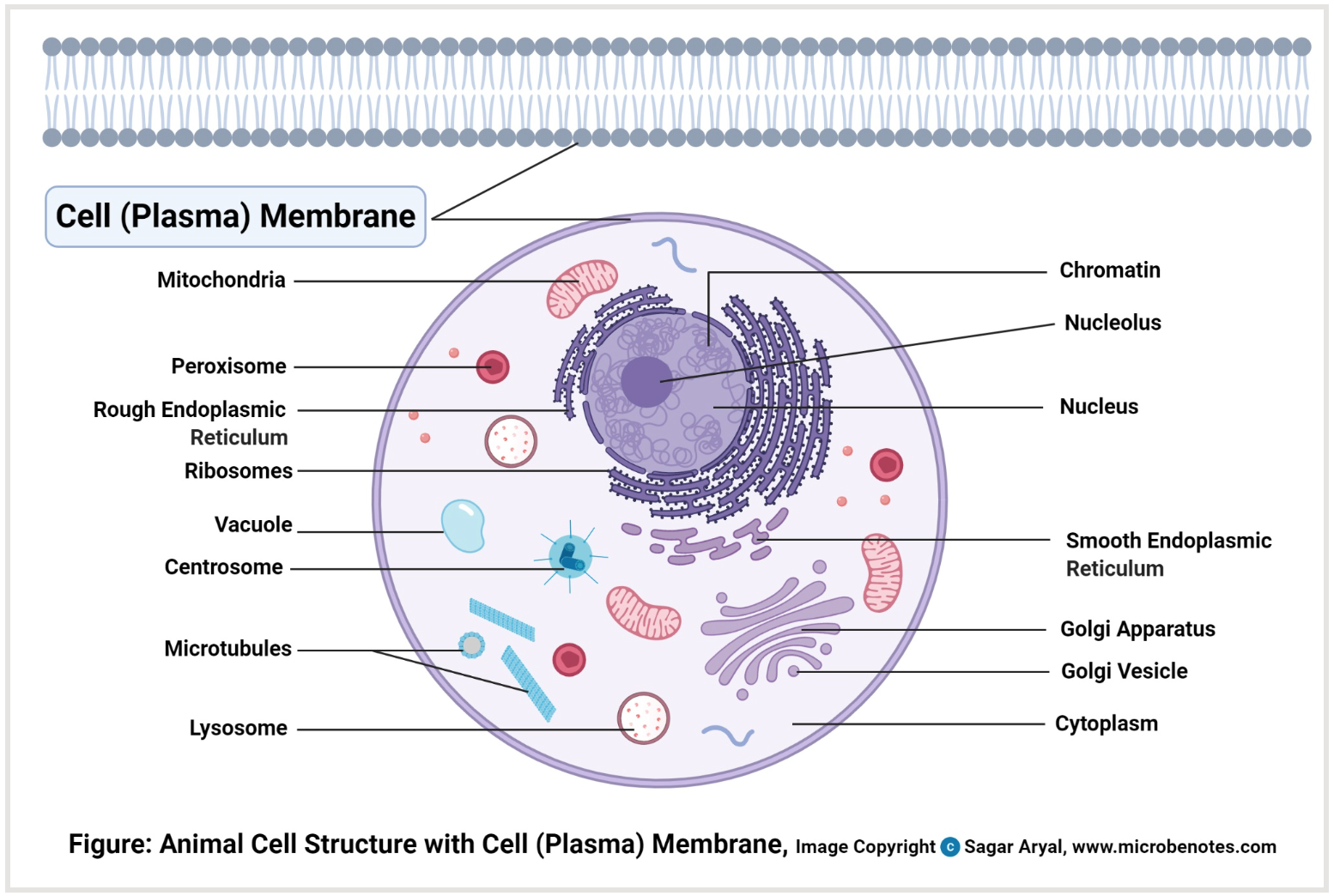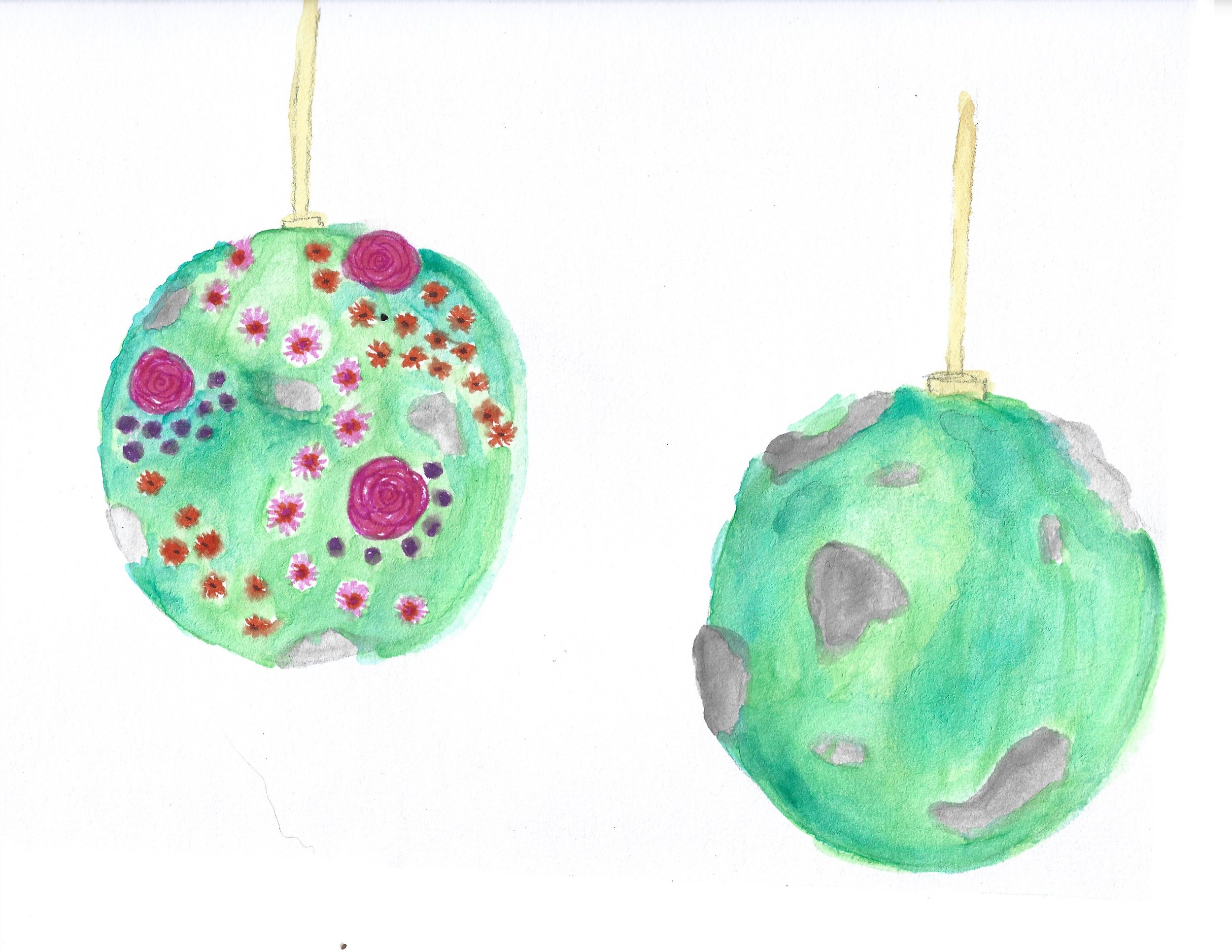
Organic Surface Beauty
Compare and Contrast
the two circular beds that represent the surface of a cell.
One is what textbooks show you (very basic).
The other is reality.
At the second bed, please label the different flowers with what sugar they represent!
Scroll down to find out how this relates to your blood type as well.
Classical Representation
The outside of the cell is a smooth, semi-permeable membrane.
It also has some proteins in it.
To show this in our first garden:
Rocks will act as our surface proteins, and moss will be the membrane.
Reality
The cell membrane and surface proteins are covered in various sugars.
These sugars are responsible in part for your blood type.
There are four main types of sugars attached to the membrane.
To show this in our second garden:
The Begonias = single sugar
The Asters = strings of one sugar
The Petunias = branched structures made up of varying sugars
The Lupines = sugars that are attached to the surface proteins.
Label the flowers using the signs.
Rocks are moss still represent proteins and the membrane.
July 2022
September 2022
November 2022
Making Organic Surface Beauty Mobile
How?
Create 3D hanging live-moss ornaments. One will be decorated only with rocks, the other with rocks and dried flowers.
Goal:
The public will still be invited to label the different sugar structures on the second hanging moss garden. However, they will use ornament hooks with labels instead.
Additionally, if they answer the quiz correctly, they will “win” a live-moss ball kit to take home which includes: a wiffle ball covered in clay and filled with peat soil, a moss slurry, string, fake flowers and care instructions.
Process:
The large spheres will be lined with mosquito netting. Rocks are then put at the bottom as well as gravel and soil. A hollowed out, water-soaked, block of flower foam is inserted. Around the foam and on the sides will be filled in with gravel and soil. A buttermilk/moss slurry is created and painted on to the spheres. The spheres are kept in proofing bags and constantly kept wet.
The tags hung on ornament hooks to label the flowers are also made.
The wiffle balls are prepared and placed in bags with fake flowers, rocks, and care instructions.
Day before exhibition:
Rocks are cemented to moss ornaments.
Buttermilk/moss slurry is made, weighed, and divided into bags for exhibit goers.
On exhibition day:
Dried flowers are added to the installation and labels are displayed.
Take home moss ornament supplies are organized.
Materials:
For installation:
4 large sphere cages
2 large peat moss soil bags
1 mosquito net tent
2 blocks of flower foam
4 large plastic proofing bags
1 bag of gravel
Buttermilk/moss slurry
Dried flowers
For take-home:
50 wiffle balls
1 bag of putty
1 bag of peat moss soil
1 cord of string
2 boxes of Ziploc bags
Buttermilk/moss slurry – made 1-2-days before hand
Take-Home
Want to learn about how this is relevant for your blood type?
Who can I donate blood to again?













